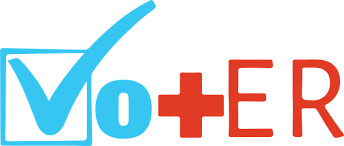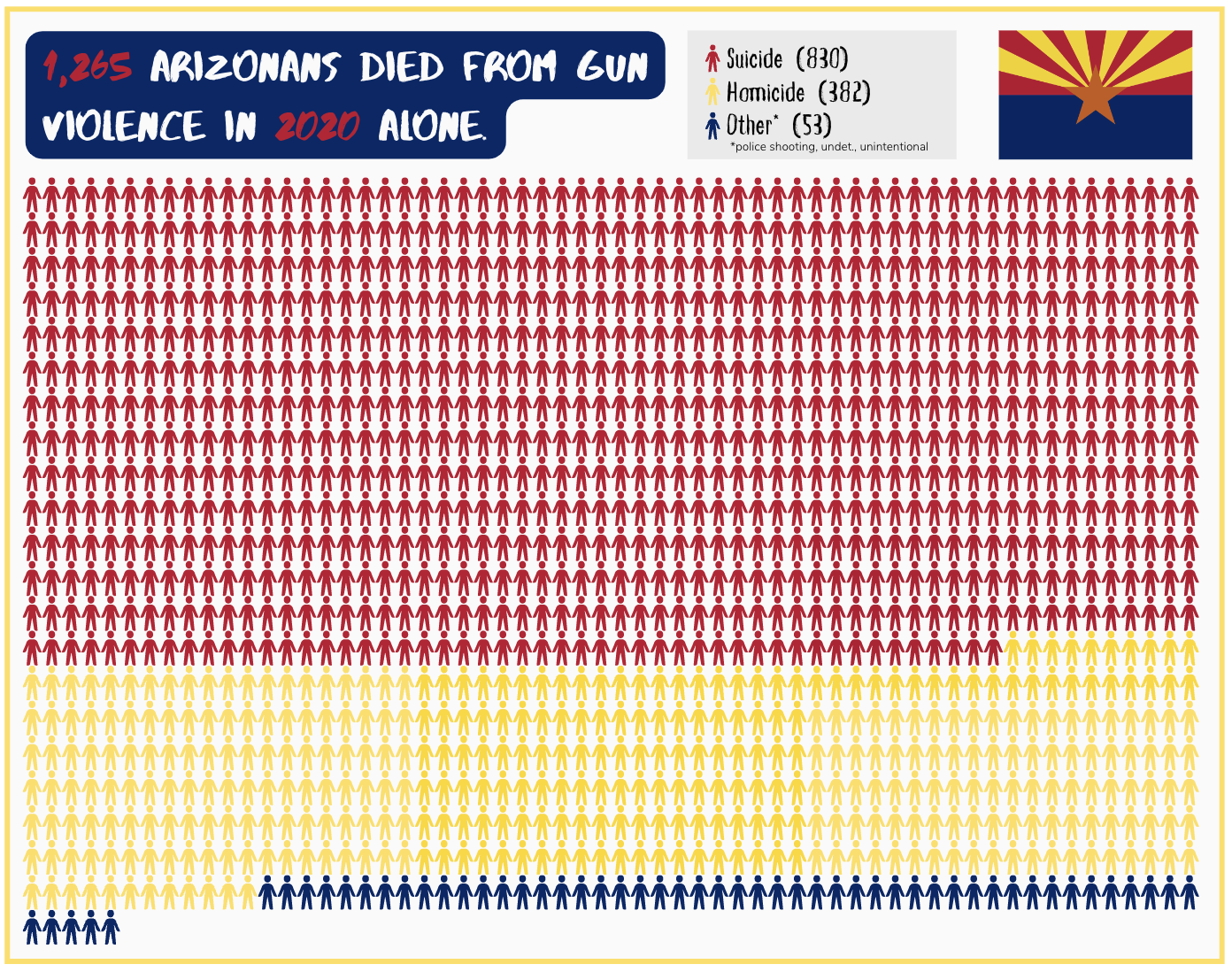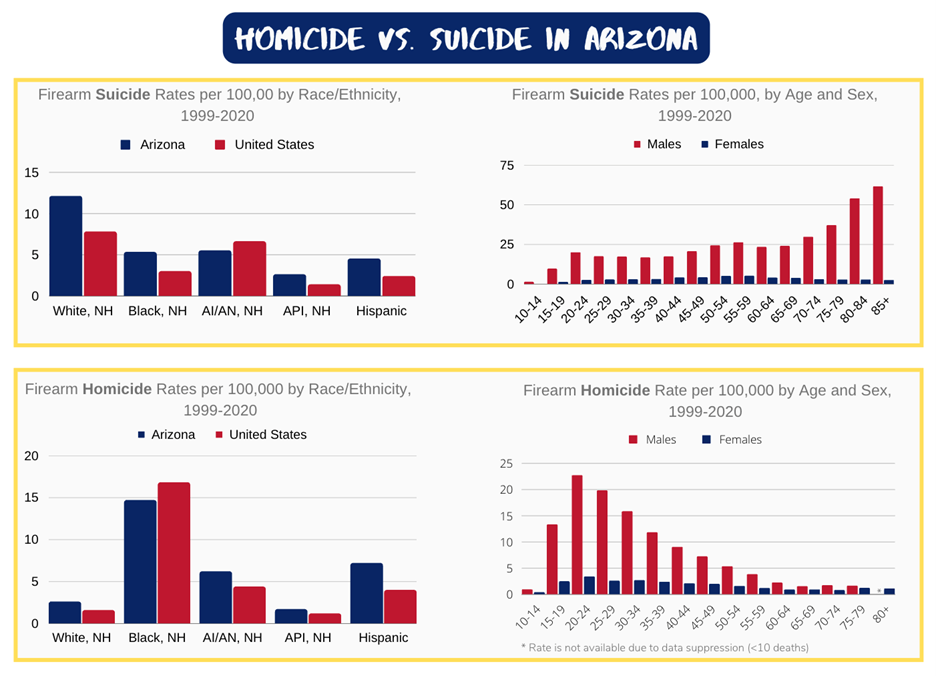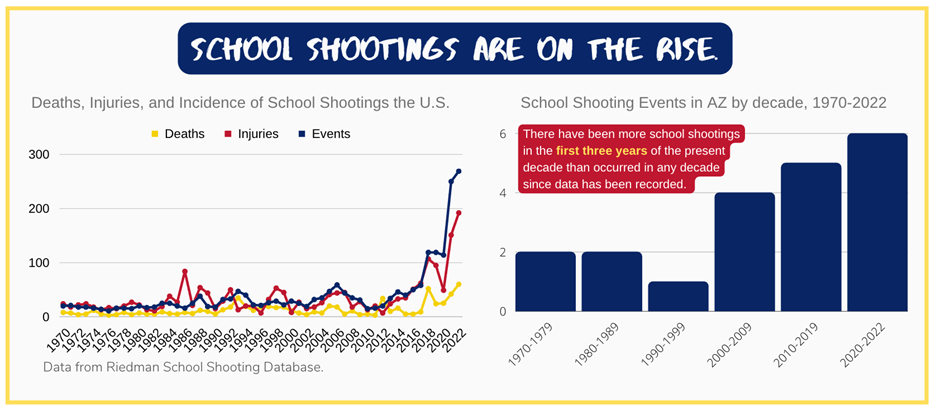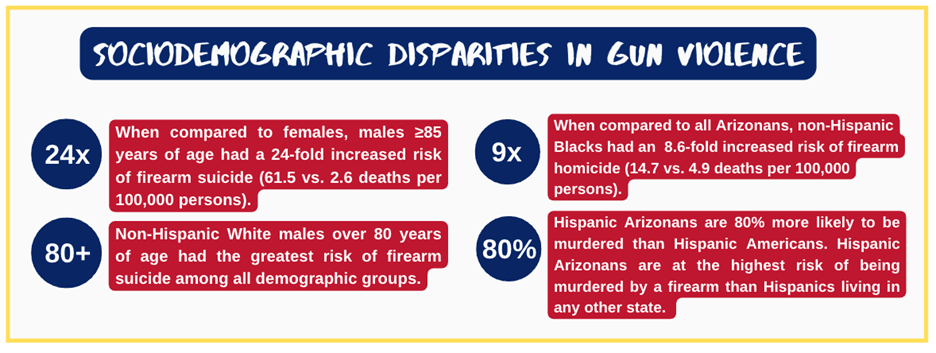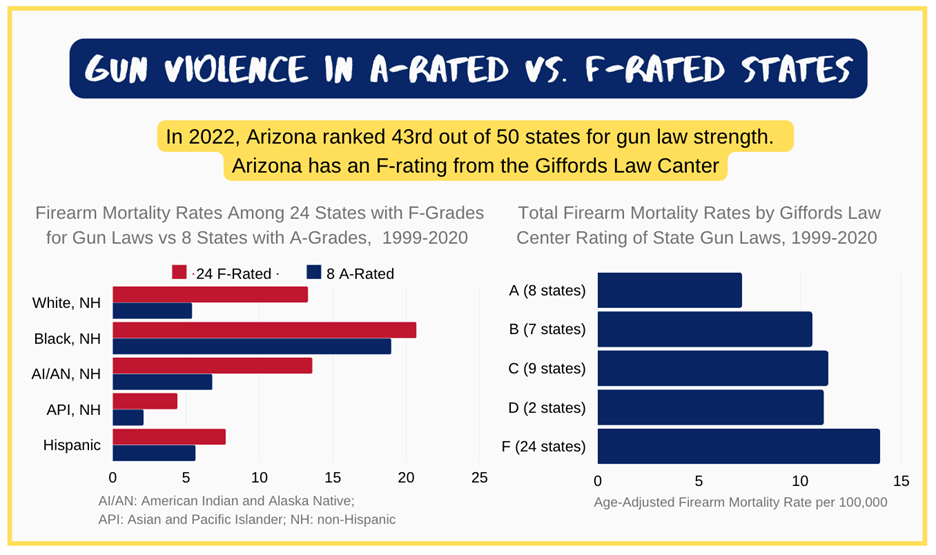This week’s meeting of the Senate Health Committee is a busy and important one. There are 5 good bills up for consideration including: HB2053 – nurse home visitations; HB2168 – good samaritan medical assistance; HB2194 – drug overdose teams; HB2338 – AHCCCS preventive dental; and HB2753 – graduate medical education at communtity health centers.
The House Health Committee has a pretty meager agenda & other committees aren’t acting on our priority bills this week.
Here’s our updated Bill Tracker Spreadsheet and Evergreen Session PowerPoint.


